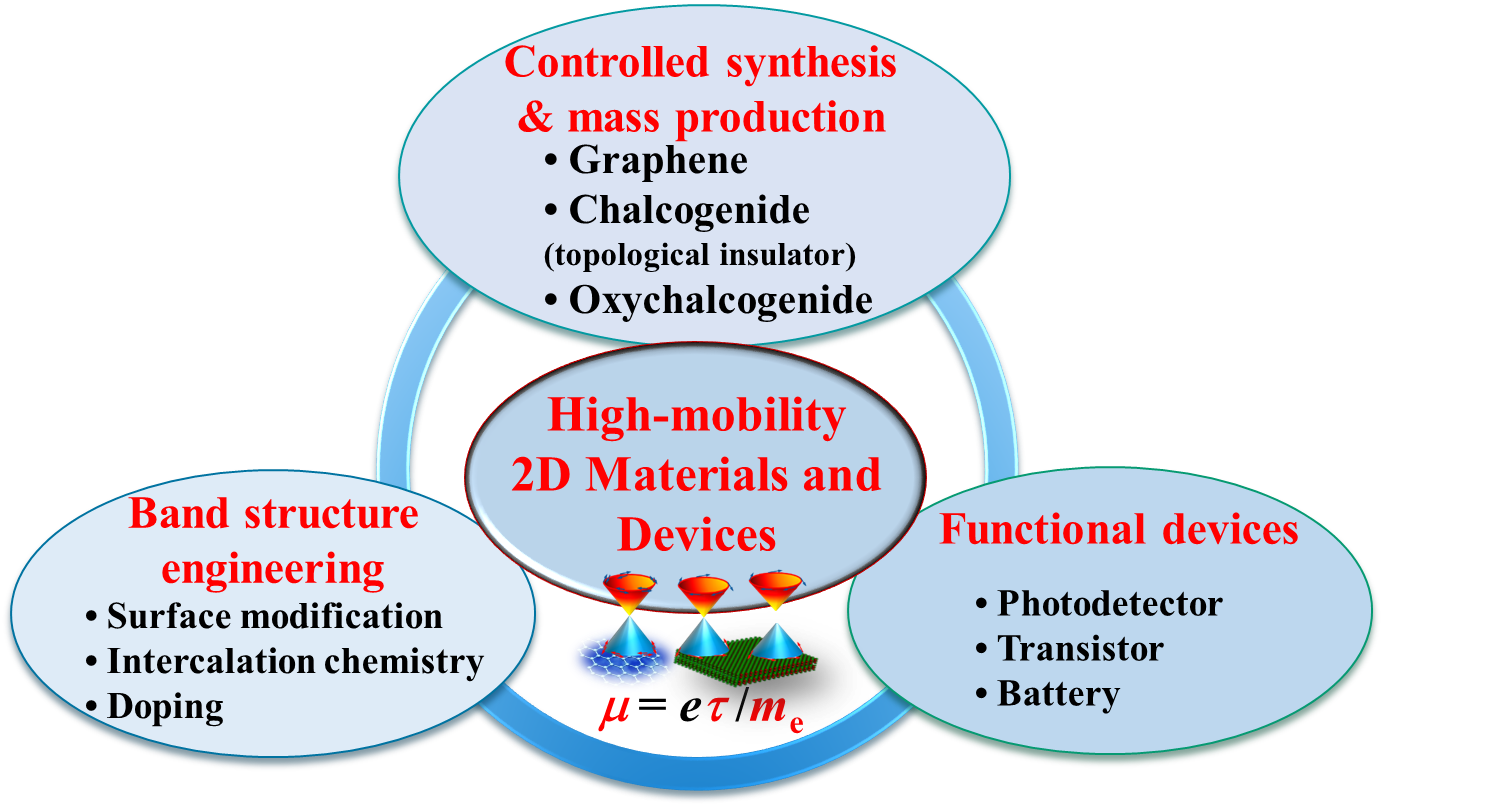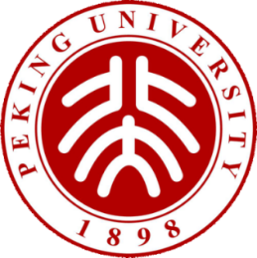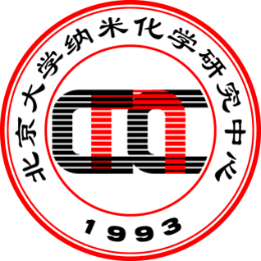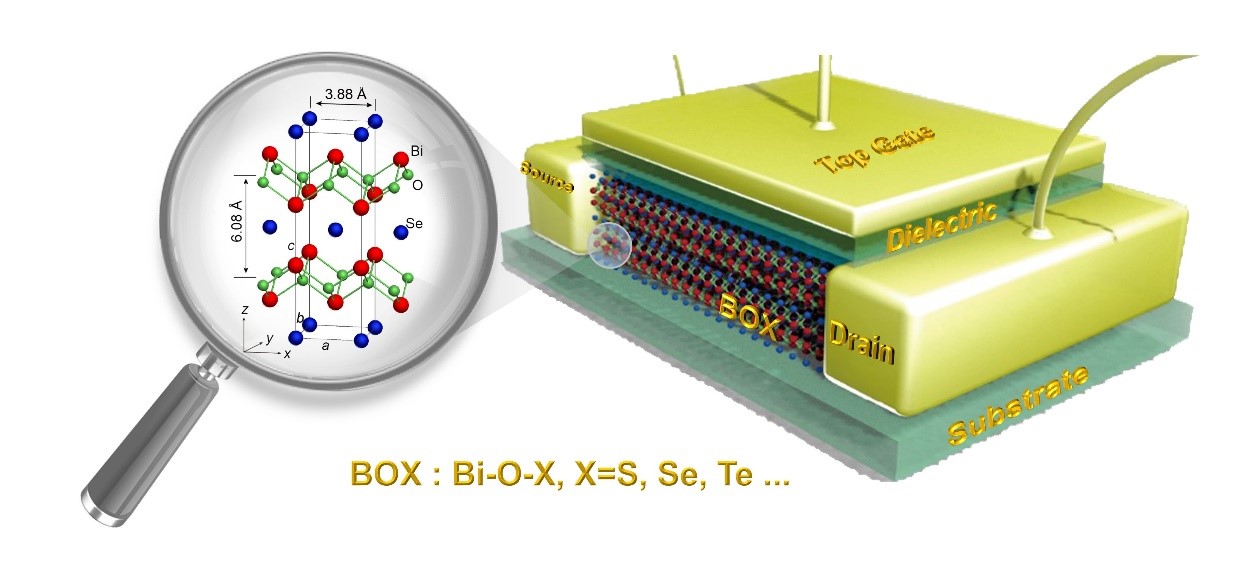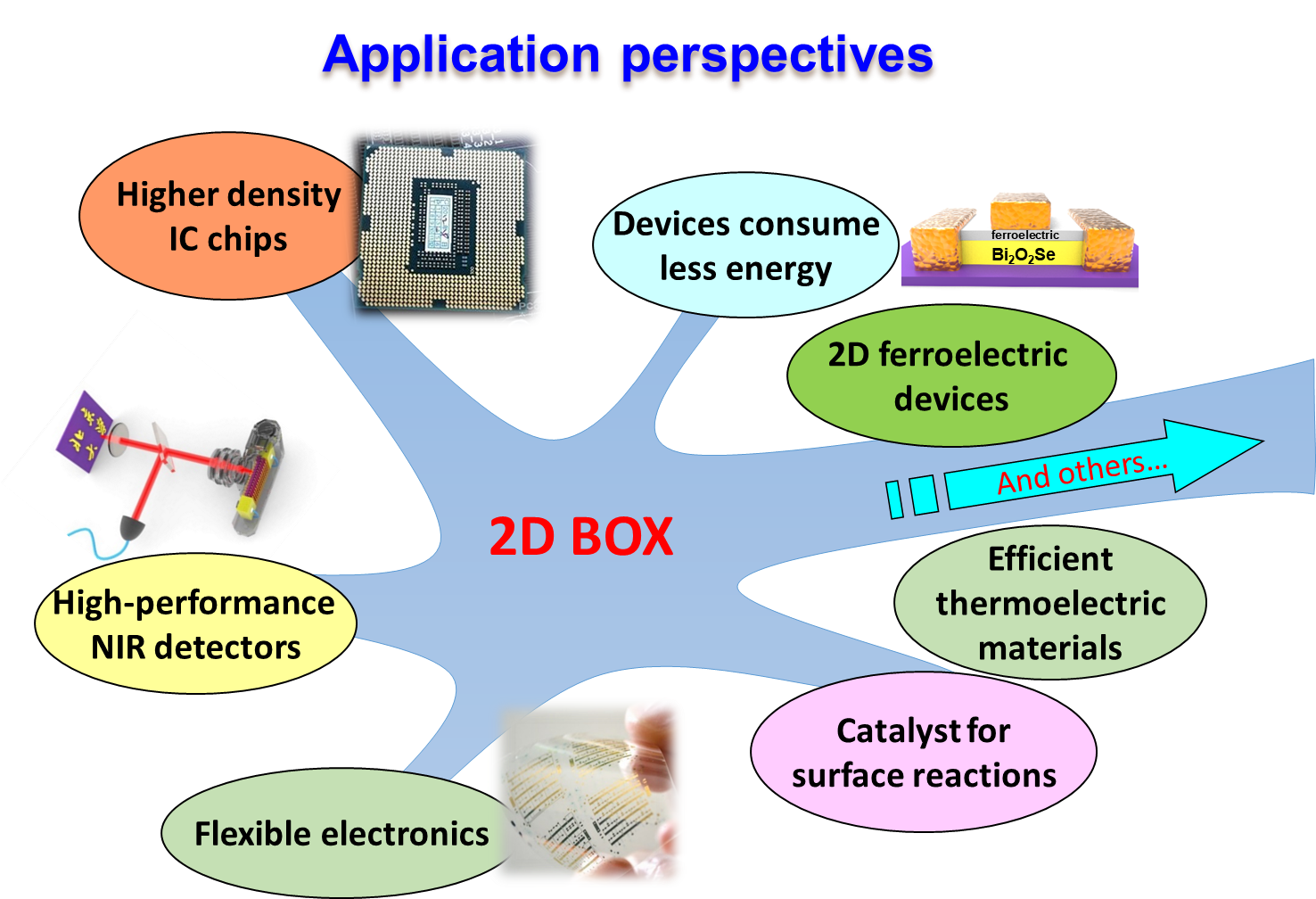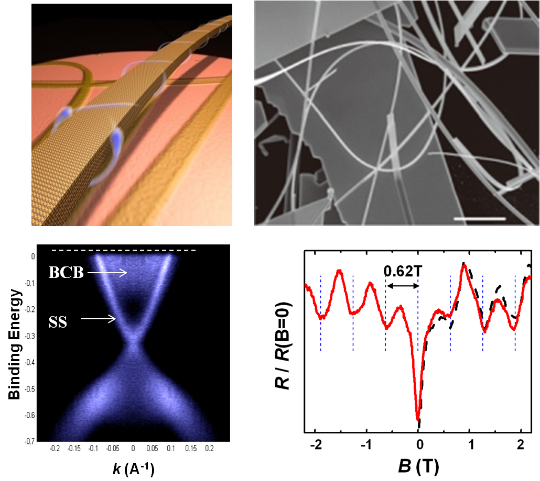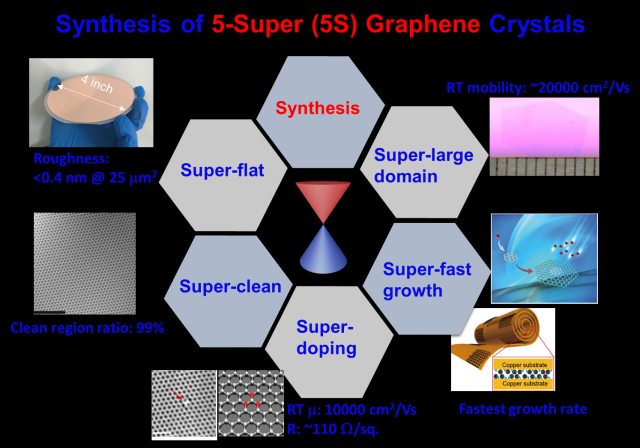-
Xiaozhi Xu, Zhihong Zhang, Lu Qiu, Jianing Zhuang, Liang Zhang, Huan Wang, Chongnan Liao, Huading Song, Ruixi Qiao, Peng Gao, Zonghai Hu, Lei Liao, Zhimin Liao, Enge Wang, Dapeng Yu, Feng Ding*, Hailin Peng*, Kaihui Liu*. Ultrafast Growth of Large Single-crystal Graphene Assisted by Continuous Oxygen Supply. Nature Nanotechnology 2016, 11, 930.
-
Jianbo Yin#, Huan Wang#, Han Peng#, Zhenjun Tan, Lei Liao, Li Lin, Xiao Sun, Ai Leen Koh, Yulin Chen*, Hailin Peng*, Zhongfan Liu*. Selectively enhanced photocurrent generation in twisted bilayer graphene with van Hove singularity. Nature Communications 2016, 7, 10699 (#equally contributed).
-
Chaohua Zhang, Shuli Zhao, Chuanhong Jin, Ai Leen Koh, Yu Zhou, Weigao Xu, Qiucheng Li, Qihua Xiong, Hailin Peng*, Zhongfan Liu*. Direct growth of large-area graphene and boron nitride heterostructures by a co-segregation method. Nature Communications 2015, 6, 6519.
-
Liming Zhang, Jingwen Yu, Mingmei Yang, Qin Xie, Hailin Peng*, Zhongfan Liu*. Janus Graphene from Asymmetric Two-Dimensional Chemistry. Nature Communications 2013, 4, 1443.
-
Kai Yan, Di Wu, Hailin Peng*, Li Jin, Qiang Fu, Xinhe Bao, Zhongfan Liu*. Modulation-Doped Growth of Mosaic Graphene with Single-Crystalline p-n Junctions for Efficient Photocurrent Generation. Nature Communications 2012, 3, 1280
-
Huan Wang, Xiaozhi Xu, Jiayu Li, Li Lin, Luzhao Sun, Xiao Sun, Shuli Zhao, Congwei Tan, Cheng Chen, Wenhui Dang, Huaying Ren, Jincan Zhang, Bing Deng, Ai Leen Koh, Lei Liao, Ning Kang, Yulin Chen, Hongqi Xu, Feng Ding, Kaihui Liu, Hailin Peng*, Zhongfan Liu*. Surface monocrystallization of copper foil for fast growth of large single-crystal graphene under molecular flow. Advanced Materials 2016, 28, 8968.
-
Zhenjun Tan#, Yue Wu#, Hao Hong, Jianbo Yin, Jincan Zhang, Li Lin, Mingzhan Wang, Xiao Sun, Luzhao Sun, Yucheng Huang, Kaihui Liu, Zhongfan Liu*, Hailin Peng*. Two-Dimensional (C4H9NH3)2PbBr4 Perovskite Crystals for High-Performance Photodetector. J. Am. Chem. Soc. 2016, 138, 16612
-
Jincan Zhang, Li Lin, Luzhao Sun, Yucheng Huang, Ai Leen Koh, Wenhui Dang, Jianbo Yin, Mingzhan Wang, Congwei Tan, Tianran Li, Zhenjun Tan, Zhongfan Liu*, and Hailin Peng*. Clean Transfer of Large Graphene Single Crystals for High-intactness Suspended Membranes and Liquid Cells. Advanced Materials 2017, 29, 1700639.
-
Mingzhan Wang, Miao Tang, Shulin Chen, Haina Ci, Kexin Wang, Liurong Shi, Li Lin, Huaying Ren, Jingyuan Shan, Peng Gao, Zhongfan Liu*, Hailin Peng*. Graphene-armored Aluminum Foil with Enhanced Anticorrosion Performance as Current Collectors for Lithium-ion Battery. Advanced Materials 2017, 29, 1703882.
-
Huaying Ren, Miao Tang, Baolu Guan, Kexin Wang, Jiawei Yang, Feifan Wang, Mingzhan Wang, Jingyuan Shan, Zhaolong Chen, Di Wei, Hailin Peng*, and Zhongfan Liu*. Hierarchical Graphene Foam for Efficient Omnidirectional Solar–Thermal Energy Conversion. Advanced Materials 2017, 29, 1702590.
-
Liurong Shi, Chunlei Pang, Shulin Chen, Mingzhan Wang, Kexin Wang, Zhenjun Tan, Peng Gao, Jianguo Ren, Youyuan Huang, Hailin Peng*, Zhongfan Liu*. Vertical Graphene Growth on SiO Microparticles for Stable Lithium Ion Battery Anodes. Nano Letters 2017, 17(6), 3681.
